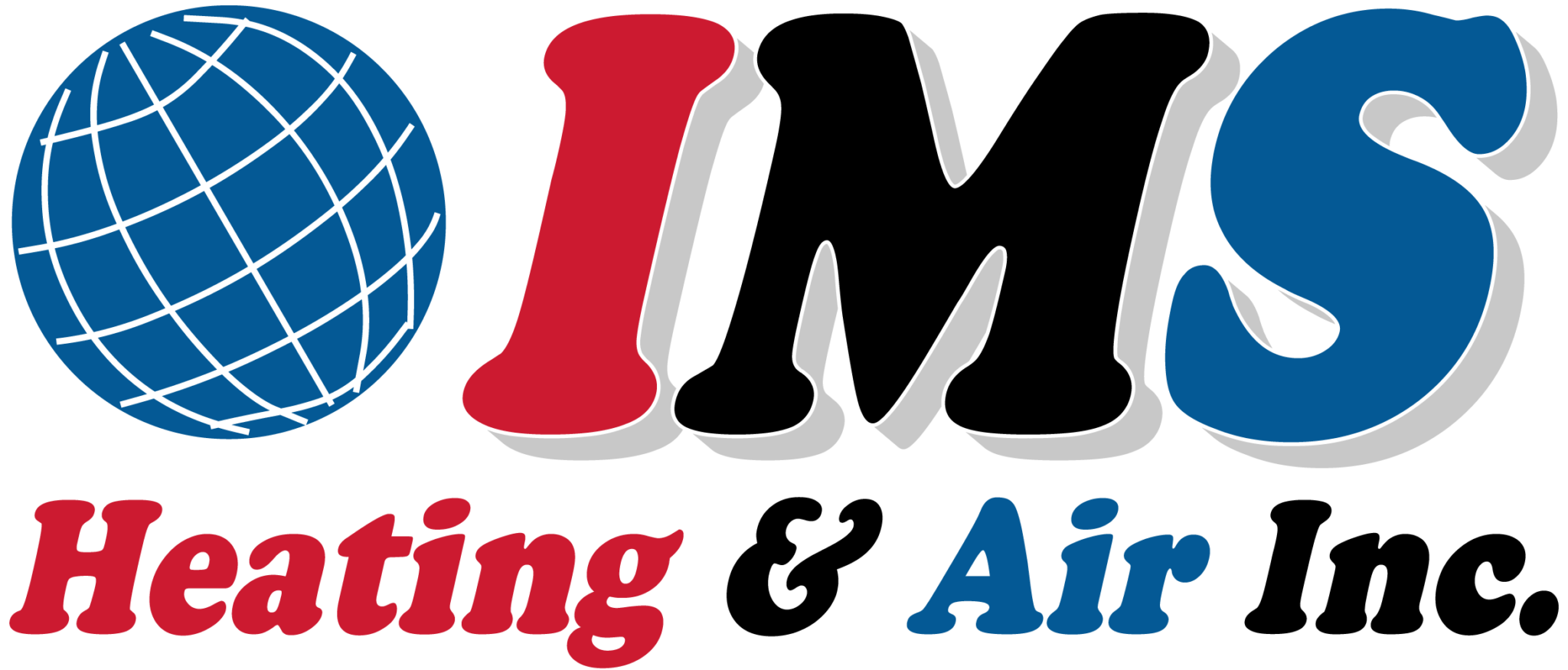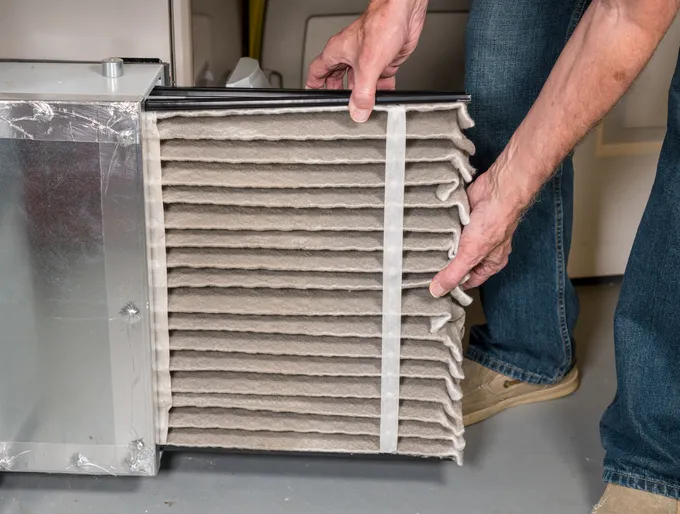A clean furnace filter means an efficient furnace. However, when the filter gets clogged, your furnace won’t heat your house as it should. As such, you should clean, or replace, your furnace filter as often as necessary to ensure that those cold winter days are as comfortable as possible.
So, how often should you change your furnace filter? The short answer is every three months. However, it can get a bit more complex as there are a few things that you should consider.
To answer this question, here are some crucial details on how often to change your furnace filter.
Factors to consider when changing your furnace filter
When changing your filter, there are a few things you should pay attention to, including the thickness of your furnace filter, filter type, and MERV rating. They will assist you in knowing when and how to change your furnace filter and keep your furnace healthy.
Let us look at each one of them.
Thickness
A normal furnace filter is usually 1 inch thick. This kind of filter needs replacement every one to three months. Other furnace filters have a thickness of 2 to 5 inches. The baseline for replacing these ones is between four to six months. As such, thickness is a key determinant of how often you should change your filter.
Filter type
There are several types of furnace filters in the HVAC industry. They include pleated, fiberglass, washable, HEPA, activated carbon, and media furnace filters.
The standard frequency of changing these types of filters is six months. Changing them frequently helps prevent mildew and mold growth, and minimizes odors and VOCs, etc.
MERV Rating
The MERV rating refers to the filter’s capability of capturing large particles that are between 0.3-10 microns. Furnace filters with lower MERV ratings should be changed more frequently than higher-rated ones.
For instance, a furnace filter with a 1.4 MERV rating is less efficient at getting rid of pollutants. Therefore, it is necessary to examine the MERV rating carefully.
The middle-MERV rating of 5-10 requires filter replacement after two or three months. This mid-range rating will also depend on the filter material and other factors. Furnace filters that have MERV ratings of 11 or more can serve your furnace for three to six months before you need to change them.
Special factors
There are also other special conditions that you should consider when trying to determine how often to change your furnace filter. The following table offers a breakdown of how often you should examine it.
|
Factor |
Replacement Range |
|
Ordinary home with no pets |
90 days |
|
Ordinary home with one pet |
60 days |
|
Ordinary home with multiple pets |
20-40 days |
|
Home with someone suffering from asthma or allergies |
30-45 days |
Your furnace filter is tasked with collecting dust and debris that circulates in the air. It is therefore important to consider the above factors when planning how often you should them.
Neglecting proper filter maintenance can lead to home and health issues, including:
Reduced airflow and system failure
A dirty filter blocked by debris and dust particles will reduce airflow. An HVAC system that is overcompensating to handle a clogged filter is prone to overheating, system failure, and other problems. Many of these issues often lead to costly repairs.
Escalating electricity bills
Failure to change your furnace filters will be reflected in your monthly bill payments. Reduced airflow due to a dirty furnace filter puts stress on your HVAC unit, which causes it to consume more power as it tries to generate enough heat.
Increased allergens
This is another result of not changing your furnace filters regularly. People who have allergies will notice cold-like symptoms, increased headaches, and fatigue.
This is because most allergens are not being filtered out as effectively as they should. A clean filter means cleaner air. In the absence of a clean furnace filter, the air keeps blowing, and these particles are spread throughout your entire house.
Overheating of an AC system
If there is an increase in the normal temperature of your outdoor unit, it could be a sign of a dirty filter. You can examine this by placing your hand on the back of your exterior unit. Depending on your furnace type, it may be hot to the touch normally. If you are unsure, ask a professional for assistance.
Dust
If you notice an unusual amount of dust piling up near your home’s vents, it could be an indication of a dirty filter. Replace your filter as soon as possible to avoid damage to your furnace system.
4 Tips to Keep Track of Furnace Filter Changing time
Even with these consequences, most people still find it difficult to remember when to change their filters. Changing your filters regularly will help avoid the issues that come with a clogged filter. Here are four tips to help you remember when to change a furnace filter and maintain your system’s efficiency.
Set a reminder on your phone
Nowadays, many people carry their phones with them. Smartphones can help you keep track of important details. Try setting a reminder for yourself every two months. That way, you will receive an alert that will help you remember to perform this important task.
Write down on the filter
Sometimes, we don’t change our furnace filters because we can’t tell when we did it last. Write down on the filter the exact date you replaced it. If you are ever unsure whether it’s time to change it, you can check the date that’s written right on the filter.
Plan on a day that you cannot forget
There are specific dates that are always on your mind. Use them as a way of remembering when to change your filter. For example, a birthday, wedding anniversary, payday, graduation date, etc., are great ways to help you remember, as you will probably have a difficult time forgetting any of these special events.
Combine filter changes with house chores you typically don’t forget
Look for that one particular chore you can never miss and pair it with changing your furnace filter. You may forget to change your filters, but you always clean your blinds. Combine the two activities so that when you notice your blinds need cleaning, you’ll remember to change your filter at that time too.
Conclusion
Changing your furnace filters is an integral part of HVAC maintenance you can most likely handle on your own.
If you don’t know how to change a furnace filter and require professional help, contact an HVAC technician. They will clear up the question of how often to change your furnace filter and even change it for you.


